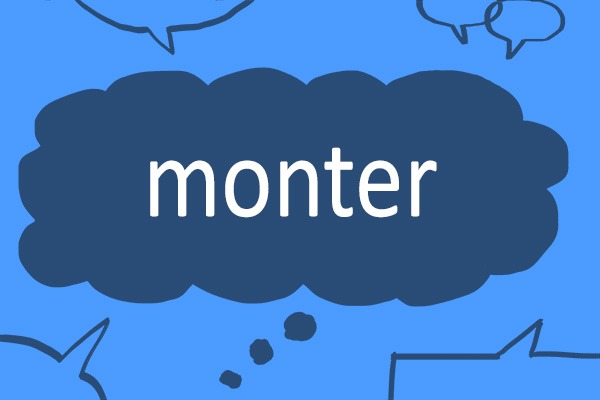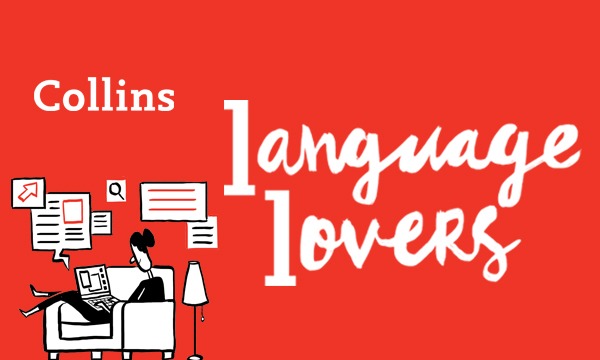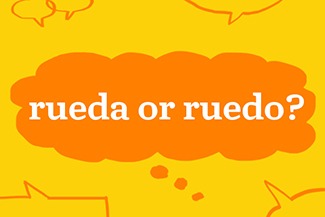In just ten years Benny Lewis – seemingly ordinary Irishman turned polyglot and best-selling author – has become fluent in eight languages and reasonably chatty in several more.
Benny does not spend his days knee deep in textbooks, or his evenings in language classes – instead he works from a repertoire of quirky ‘Language Hacks’ including budget travel, unconventional word association techniques and the rejection of the inhibiting ‘ready culture’. ‘Ready culture’ is the idea that there is a benchmark for when you are ‘ready’ to start speaking, but when is this? Once you can understand a film or read a book in your new language? Once you can recite your new language’s grammar rules? Or simply the point at which you can say “hello”?
Benny believes that to be successful, all language learners need to have the confidence to start speaking from day one. You are unlikely to recognise every word of even your native language, let alone in French, Spanish or German, so just dive in and enjoy the opportunity to speak to new people and engage with different cultures!
For many of us who’ve tried to learn a language, this sense of readiness – prescribed by teachers, or by our own hesitation – resonates.
An excellent starting point is to look at the 100 most commonly used words of the language you are learning. In English the first 25 words make up about a third of all printed text, whilst the entire 100 comprise half of all written material.
However, it’s often difficult to know how a word should be pronounced, and this can make us nervous about using it in public! Our next three posts will each include 25 commonly used words in English. Using CollinsDictionary.com, you can look up each word, see examples of English usage on the COBUILD page, and listen to the word being spoken in English and around 25 other languages. By the final instalment, you’ll be on your way to having your first conversation in a new language!
1. the
Example: “The black cat is old.”
2. of
Example: “There are a lot of bridges across the river Thames.”
3. and
Example: “She and her husband have already gone.”
4. a
Example: “A waiter brought me a glass of water.”
5. to
Example: “I have been to the supermarket today.”
6. in
Example: “It rains a lot in England.”
7. is
Example: “It is warm today because the sun is shining.”
8. you
Example: “Can I help you?”
9. that
Example: “She said that she is tired.” “That is a shame.”
10. it
Example: “It is sunny today.” “I don’t have my hat, I wish I had it.”
11. he
Example: “This is Tom, he is my brother.”
12. was
Example: “It was cold yesterday.”
13. for
Example: “These flowers are for you.”
14. on
Example: “He is sitting on my chair.”
15. are
Example: “We are married, and we are happy together.”
16. as
Example: “He closed the door behind him as he entered the room.”
17. with
Example: “She has gone to the cinema with her friends.”
18. his
Example: “He showed me his new football.”
19. they
Example: “I am going to see my grandparents, as they are both very old.”
20. I
Example: “I am proud of myself”
21. at
Example: “We had lunch at 2 o’clock. We ate at a lovely restaurant.”
22. be
Example: “You will be cold.” (“I was cold.” “We are cold.” “She is cold.”)
23. this
Example: “This is my new coat, I bought it earlier this week.”
24. have
Example: “I have had some cake, so I will not have any more.”
25. from
Example: “We got the train from London to Manchester, I had to travel from 11am until 1pm.”
For more language learning tips, check out Benny Lewis’ blog, or pick up his new book, Fluent in 3 Months, published by Collins.



